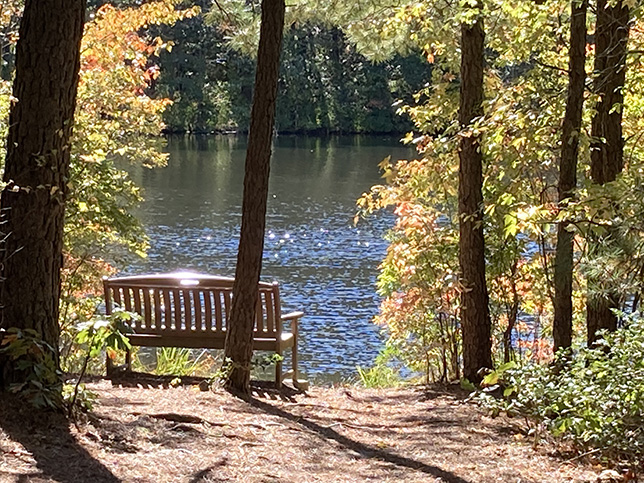- Empty cart.
- Continue Shopping
How to Create a Healthy Outdoor Space

Creating a healthy outdoor space is more than just a landscaping project; it’s an investment in your well-being. Whether you have a sprawling garden or a small balcony, optimizing your outdoor area can significantly improve your quality of life.
Assess Your Space
Take Inventory
Before diving into any project, it’s crucial to assess what you already have. Take a walk around your outdoor area and make a list of existing plants, furniture, and structures. This will help you identify what needs to be removed, replaced, or added.
Measure Up
Accurate measurements are vital for effective planning. Measure the dimensions of your space, and keep these numbers handy. They will guide you in selecting appropriately sized plants and furniture.
Choose the Right Plants
Go Native
Opting for native plants is a smart choice for several reasons. They are well-adapted to your local climate, which means they require less maintenance and water. Additionally, native plants often attract local wildlife like birds and butterflies, enhancing the ecosystem of your outdoor space.
Consider Edibles
Incorporating edible plants like herbs, vegetables, and fruit trees can add both aesthetic and functional value to your garden. They not only look good but also provide fresh produce right at your doorstep.
Prioritize Sustainability
Use Organic Materials
When choosing soil, fertilizers, and pesticides, opt for organic options. These are not only better for the environment but also healthier for you and your family.
Install a Rainwater Harvesting System
Collecting and using rainwater reduces your reliance on municipal water, saving both resources and money. Rainwater is also free from chemicals, making it better for your plants.
Create Comfortable Seating Areas
Choose Ergonomic Furniture
Comfort is key when it comes to outdoor furniture. Select chairs and tables that offer good support and are made from durable materials that can withstand the elements.
Add Shade
Whether it’s a pergola, an umbrella, or a canopy, providing shade is essential for a comfortable outdoor experience. It not only protects you from the sun but also makes the space usable during hot summer days.
Pay Attention to Air Quality
Limit Pollution
If you live in an urban area, air quality can be a concern. Consider installing outdoor air purifiers or plants known for their air-purifying qualities, like the snake plant or spider plant.
Encourage Air Circulation
Good air circulation can significantly improve the air quality in your outdoor space. Make sure your layout allows for free movement of air, and consider adding an outdoor fan for those still days.
Add the Finishing Touches
Light It Up
Proper lighting can transform your outdoor space into a magical setting. Solar-powered lights are an eco-friendly and cost-effective option.
Personalize
Don’t forget to add personal touches like cushions, rugs, and decorative items that reflect your style. These small details can make a big difference in how inviting your space feels.
In conclusion, creating a healthy outdoor space is a rewarding endeavor that pays off in improved well-being and a more enjoyable living environment. By assessing your space, choosing the right plants, prioritizing sustainability, creating comfortable seating areas, and paying attention to air quality, you can transform any outdoor area into a healthy, inviting sanctuary. So roll up your sleeves and start planning your outdoor oasis today!








